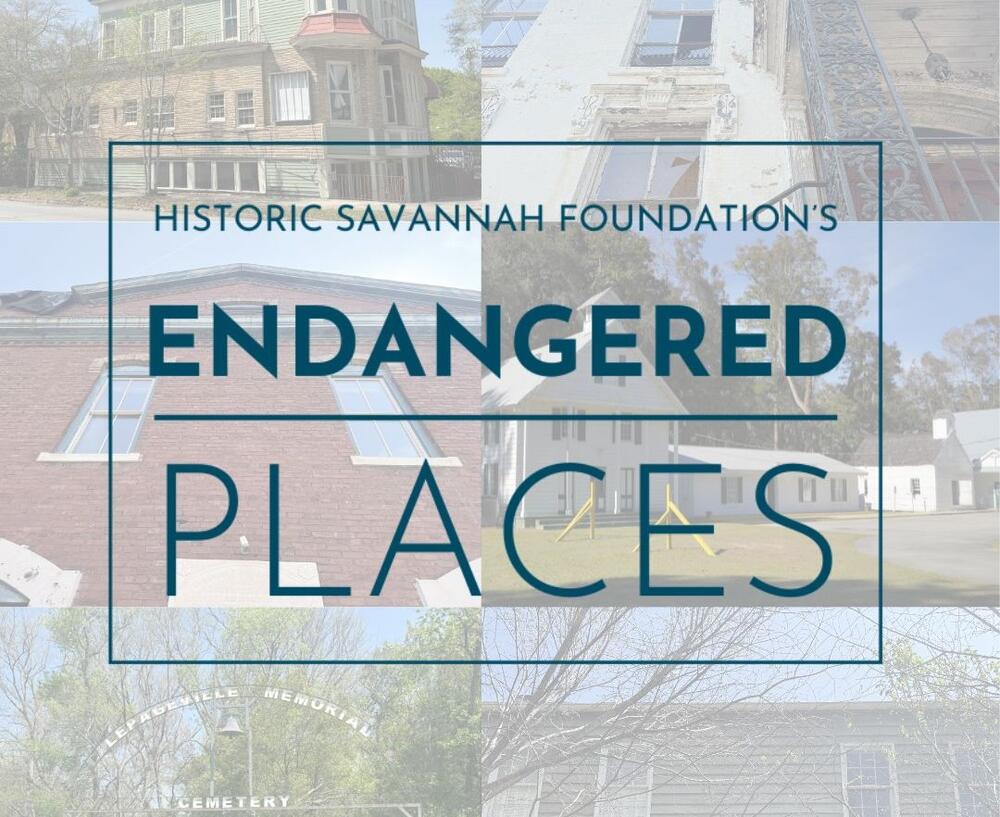
Section Branding
Header Content
Historic Savannah Foundation unveils first 'Endangered Places' list, highlighting preservation needs
Primary Content
LISTEN: The nonprofit hopes its new program will raise awareness of historically significant but vulnerable properties in Georgia's oldest city. GPB's Benjamin Payne reports.

The Historic Savannah Foundation has released its first-ever Endangered Places list, spotlighting six at-risk historic properties in Georgia's oldest city that the nonprofit considers threatened by demolition, neglect, or development.
The inaugural roster includes a historically Black cemetery, a century-old fire station, three historic houses in downtown Savannah, and a church founded by formerly enslaved people who were displaced from Coastal Georgia's St. Catherines Island after President Andrew Johnson rescinded the federal government's 40-acres-and-a-mule policy.
Historic Savannah Foundation preservation director Ellie Isaacs said that the nonprofit, which is currently celebrating its 70th anniversary, modeled its program after the Georgia Trust for Historic Preservation's Places in Peril list.
"The reason why we decided to make this list was because we wanted something that was hyperlocal to Savannah, and to bring awareness to sites that may or may not get to the state list," she said.
HSF received a "tremendous response" to its call for public nominations that began in January, Isaacs said, adding that, with community support, "we hope these endangered properties will be preserved for generations to come."
The foundation plans to release at least two Endangered Places lists annually, with the next compilation expected later this year — and possibly a summer list, if enough nominations are submitted.
Properties named to the inaugural spring list include:
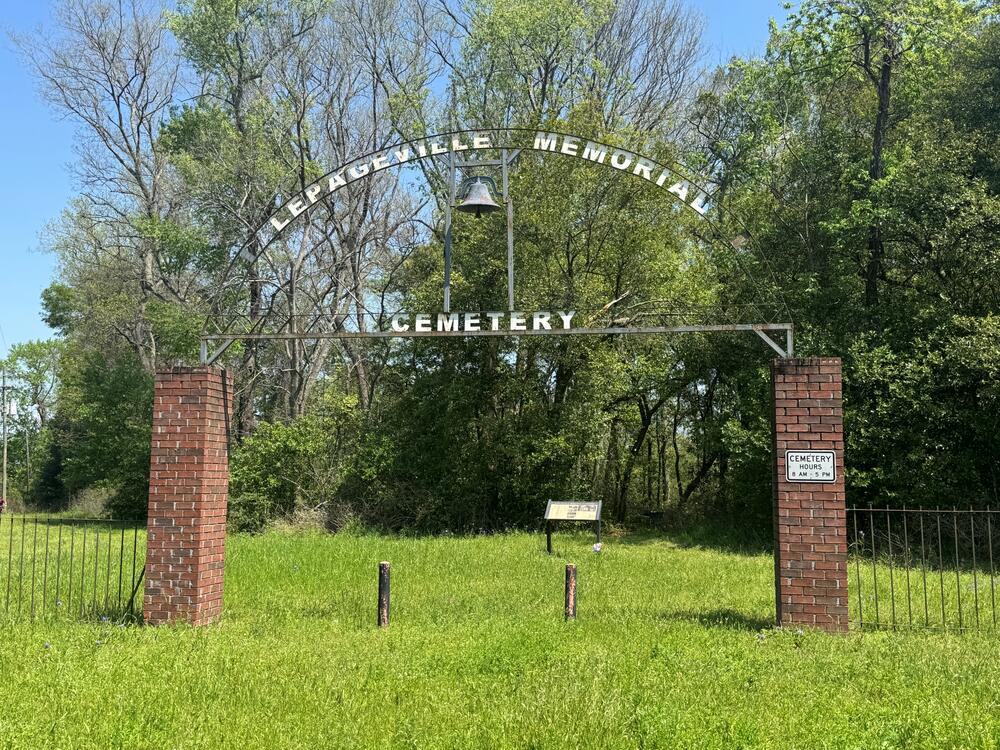
LePageville Memorial Cemetery, established around 1885 and located on Savannah's east side near the intersection of President Street and Pennsylvania Avenue, holds the remains of approximately 500 people buried between 1885 and 1967 but has deteriorated "beyond recognition," according to HSF, due to extensive overgrowth, trash dumping, and encampments for unhoused people following the condemnation and demolition of the surrounding historically Black community in 1967.
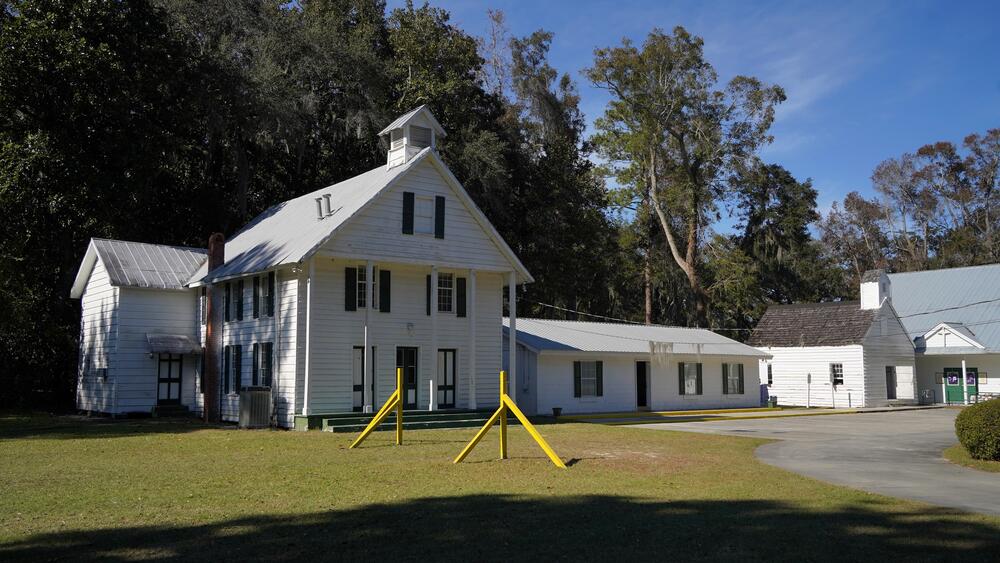
Nicholsonboro Baptist Church, dating to around 1870 and located on Savannah's south side at 13319 Old Coffee Bluff Road, was originally established in 1850 on St. Catherines Island; it represents one of the few intact examples of late 19th-century Southern rural church architecture, according to HSF, but now suffers from deterioration due to natural elements and insufficient maintenance funds from its aging congregation.
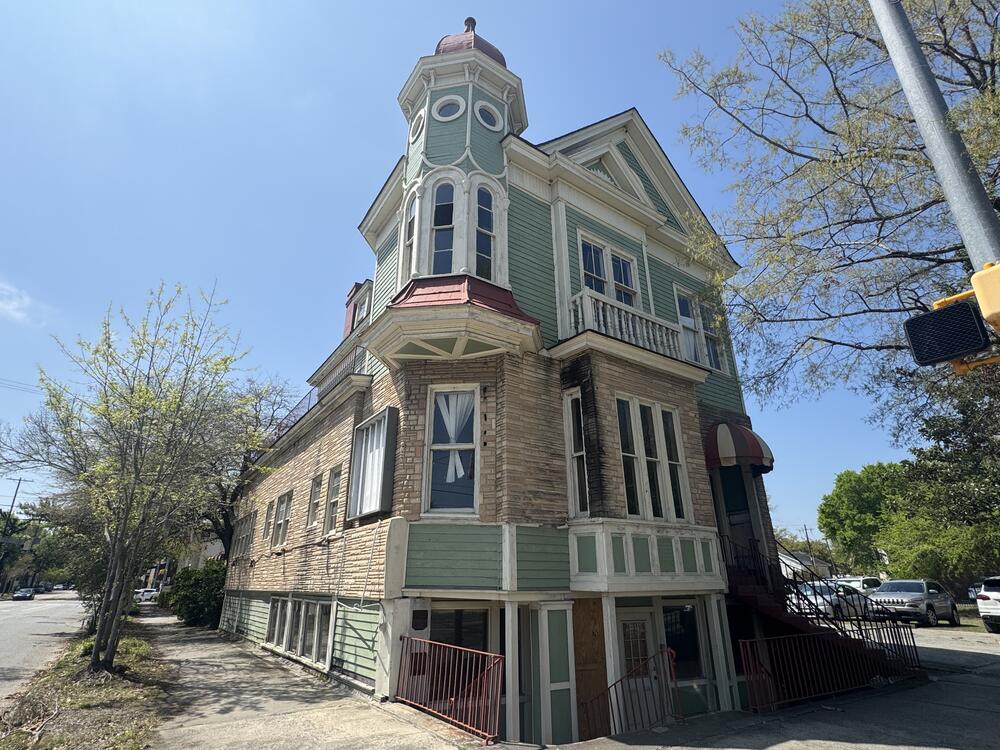
The Roche Walker House at 123 East Henry Street, an architecturally significant high-style Queen Anne property constructed in 1891, stands as a "solitary reminder" of a once-dense Victorian streetscape, according to HSF, after surrounding historic structures were demolished for parking lots, and now sits vacant with broken windows and a tree damaging the rear of the building.
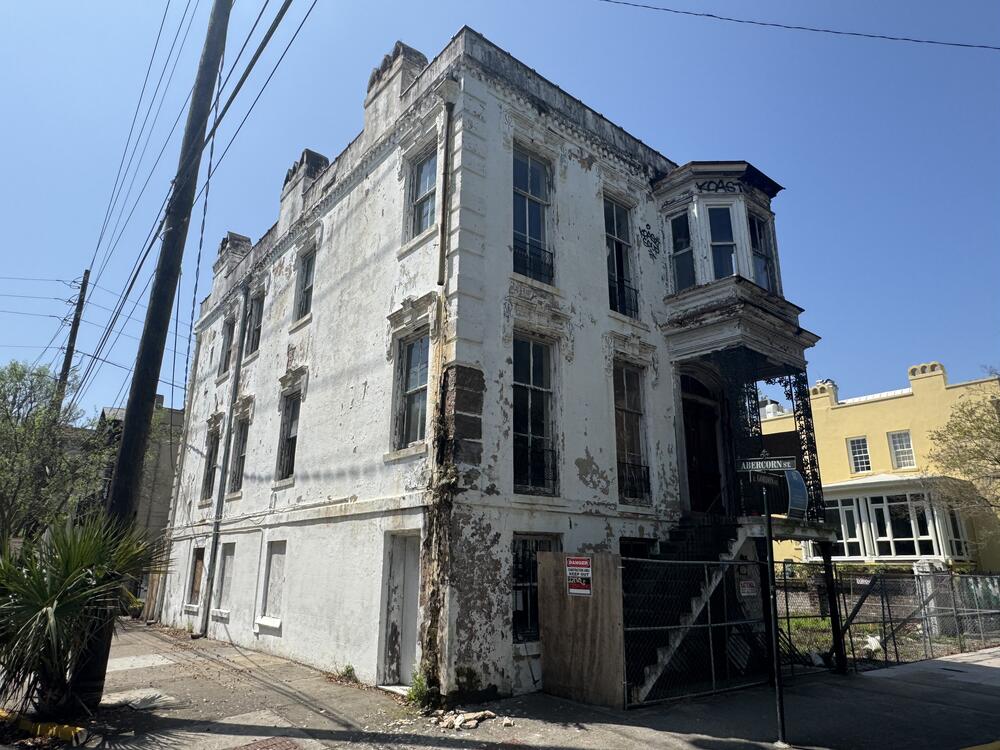
The John B. Berry House at 127 East Gordon Street, completed in 1856 as an intact example of Italianate-style architecture, has endured years of deferred maintenance and neglect, according to HSF, despite being a contributing building to Savannah's National Historic Landmark District, though the nonprofit reports the current owner has selected a contractor and filed work permits for rehabilitation.
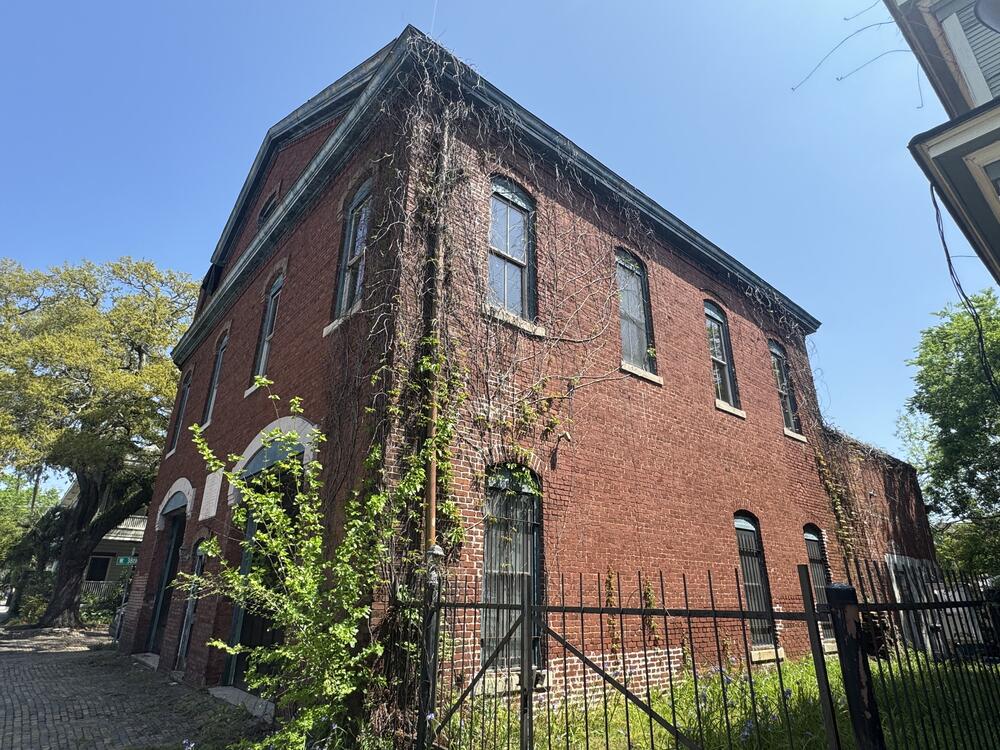
Station 6 Firehouse at 2202 Barnard Street, built in 1900 and opened in 1901 with a distinctive clock tower, served the community until 1983 when operations relocated to Liberty Parkway, and now functions as a private residence plagued by roofing issues from recent hurricanes, chipping paint, overgrown vegetation, and graffiti.

The Isaiah Davenport Tenement House at 124 Houston Street overlooking Greene Square holds special significance to HSF due to its connection to master builder Isaiah Davenport, who owned the property for 14 years until his death in 1827, and now requires attention for flaking exterior paint, broken windows, missing shutters, and overgrown vegetation as potentially one of the last remaining residential structures associated with Davenport.
Nominations for the Endangered Places program can be made online through HSF's website, with no submission deadline as the organization reviews properties on a continuous basis throughout the year.

